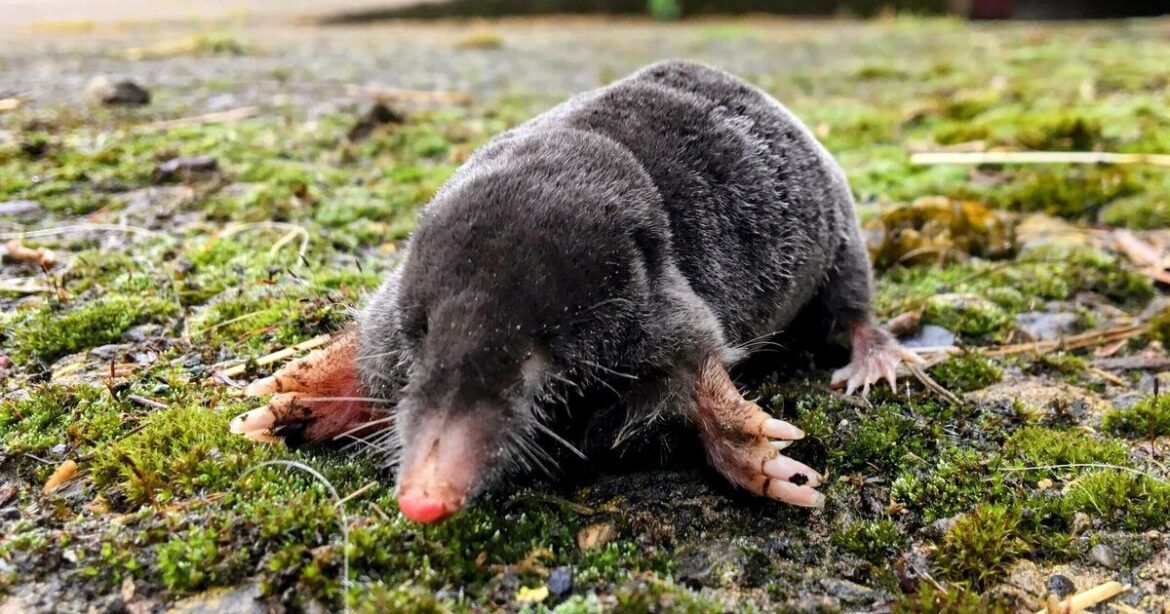Sometimes people have moles in their gardens, and it can be problematic if they continue to dig holes and cause havoc with your lawn. If you didn’t know, they are usually most active during the early morning and late evening, with their activity peaking during the spring and autumn when the soil is moist and easy to dig.
The creatures are active year-round and do not hibernate, but you’re more likely to notice them during these particular times of the year. However, if you spot them in the garden often and they are causing you a problem, there’s a simple step you can take to try and prevent them from visiting.
There’s a natural way to deter them that won’t cause them any harm. In fact, there are a few methods you can use to keep them away from your grass and your plants.
Expert at Mr Fothergill’s, David Fryer, has offered some essential advice. With over 30,000 followers on Instagram, the brand has been inspiring gardeners since way back in 1978, so he’s someone worth listening to.
David said: “Another furry pest you seldom see until the morning when you find fresh mounds of soil in your lawn and borders is moles. They don’t harm your plants directly, but they do disturb the roots and cause patches of grass to die as they burrow in the soil for worms and grubs.
“Some garden plants can help. Try euphorbia lathyris (caper spurge), daffodils and alliums, as moles detest the smell.”
While there are a few flowers they don’t like, there’s one you can plant in November to help keep them away. November is considered the last month of the year to plant daffodils before the weather becomes too frosty.
Moles generally dislike daffodils because the bulbs contain a toxic chemical called lycorine, which makes them sick if they ingest it. This toxicity, along with the chemical seeping into the soil, acts as a natural deterrent.
Usually they will avoid areas where daffodils are present. They also dislike caper spurge, which is actually known as the “mole plant.”
It’s thought to deter moles because its toxic and irritating sap makes the soil unappealing to moles, or the plant’s root exudates repel them. However, there are different theories about the caper spurge trick.
Some gardeners suggest that its effectiveness might be due to the plant thriving in drier soils where earthworms, a key food source for moles, aren’t seen that often. Therefore, it may vary in how well it works.
Additionally, moles don’t like alliums because the strong scent repels them and can make their tunnels inhospitable. Planting alliums like ornamental onions, garlic and chives is a natural and effective way to deter moles from your garden.
The plant releases a pungent odour, especially when bruised, and this can overwhelm the mole’s sense of smell. It causes them to move elsewhere pretty quickly.
Garden World explains: “There are a number of plants which are reputed to keep moles away. Daffodils and marigolds reputedly repel the animals.
“Daffodil bulbs are toxic, therefore moles probably avoid their roots. Marigolds are aromatic and contain natural pyrethrins, they therefore are likely to repel the soil dwelling bugs that moles feed upon.
“The caper spurge, euphorbia lathyris seeds freely producing a strange plant of architectural appearance. It is commonly known as mole plant because of its apparent ability to keep moles at bay.”


Comments are closed.